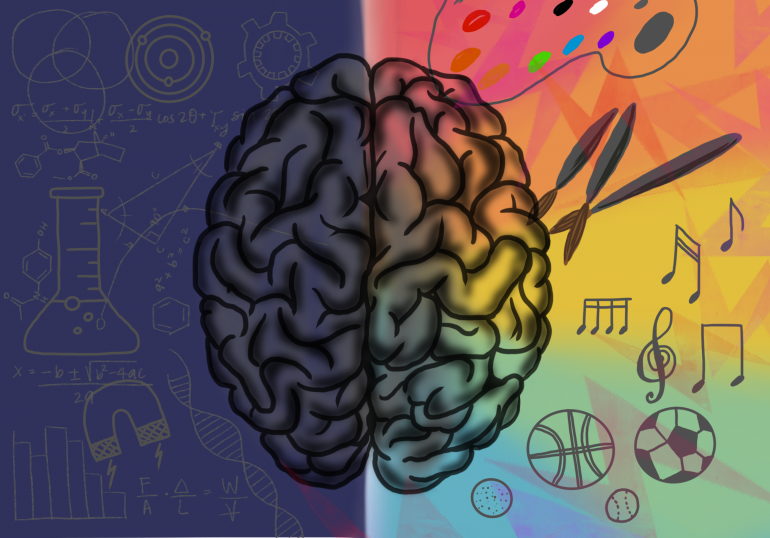We all perceive the world in distinct ways. Sometimes, a friend might offer a different solution to a problem; other times, a classmate may suggest an alternative viewpoint to a class discussion. It’s easy enough to comprehend these simple occurrences, but what about people whose unique perspectives influence their interactions with the world? For some, particular sensory inputs can induce distress, leading to stimming and repetitive movements like flapping hands or rocking. For others, understanding how others think or feel may be difficult, leading to incongruencies in conversation. Such individuals are often labeled as atypical, with their differences defined as curable pathological conditions.
These differences have traditionally been seen as disabilities and discriminated against by society. However, the concept of neurodiversity proposes a contrasting outlook, arguing that variation in neurological development should be regarded within the anticipated range of human experiences. The model also demands neurological differences to have the same recognition and acceptance as that of other human variances. To better understand the current perception of neurological differences, we must first examine how disability is defined and understood.
Models of disability are tools used to further understand impairments of which are mainly classified through two: the medical model and the social model. The medical model, according to Jaarsma and Welin, frames disability as a curable medical pathology, objectively portraying disability as a negative outcome. Hence, according to Rosqvist et al., the medical model has also been termed the “personal tragedy model.” A prominent application of the medical model is the Diagnostic and Statistical Manual of Mental Disorders (DSM-V), a commonly used manual in the diagnosis of mental disorders. In the DSM-V, mental disorders are specifically characterized by clinically significant dysfunction and harm.
Though there is no consensus on the definition of dysfunction, one outlook is through Christoper Boorse’s Biostatistical Theory (BST) of Health. According to Boorse, function is defined by the activity’s role relative to an organism’s biological goals. Primarily, this includes survival and reproduction. Boorse further proposes that whether a function is occurring at the “normal” level can be determined through direct comparison with the “reference class,” or a group of organisms of the same species, age, and sex. In short, a trait must be biologically beneficial and operate within the range of a calculated mean to be considered functional. Therefore, substandard levels of biologically beneficial cognitive traits, such as social understanding and intelligence, would be considered a dysfunction and classified as a neurological disability.
A major criticism of the BST is whether certain populations should be included in the reference class. Rosqvist et al. suggest that should the reference class for intelligence include the neurodiverse, the calculated mean would change. As a result, many would now fall under the statistical norm and no longer be considered “dysfunctional.” With this, according to the medical model, these same individuals would also no longer be defined as disabled.
Another model of disability is the social model in which a distinction is made between impairment and disability. According to Rosqvist et al., the social model of disability suggests disabilities to be the result of societal exclusion and marginalization. Therefore, should society work towards accommodating the impaired, disability as we know it may not exist. Hence, it is society’s responsibility to assist these individuals and help them flourish.
A criticism of the social model (as proposed by Rosqvist et al.) is the need to differentiate between the impaired and unimpaired in the first place. However, integration of such a measurement would evolve the same issues associated with the medical model and BST. According to Fletcher-Watson and Happe, another common objection to the social model is its denial of the personal challenges neurodiverse individuals face. Some argue that the focus on society’s role in disability could result in the ignorance of the private needs of the neurodiverse and their families.
The neurodiversity movement could pave the way towards developing greater societal recognition and acceptance of differing forms of human expression. If this concept is embraced by society, current models of disability should be reevaluated for continued relevance; it is the manner in which society chooses to define disability that sets the foundation for inclusivity. Yet, regardless of whether we may use the pathological approach, the sociocentric outlook, or even something else altogether, continued efforts towards challenging what is meant as the conventional human experience should be maintained to achieve an increased acceptance and understanding of all.
References:

